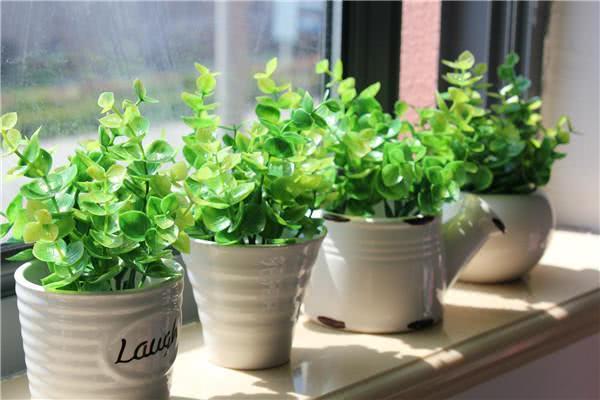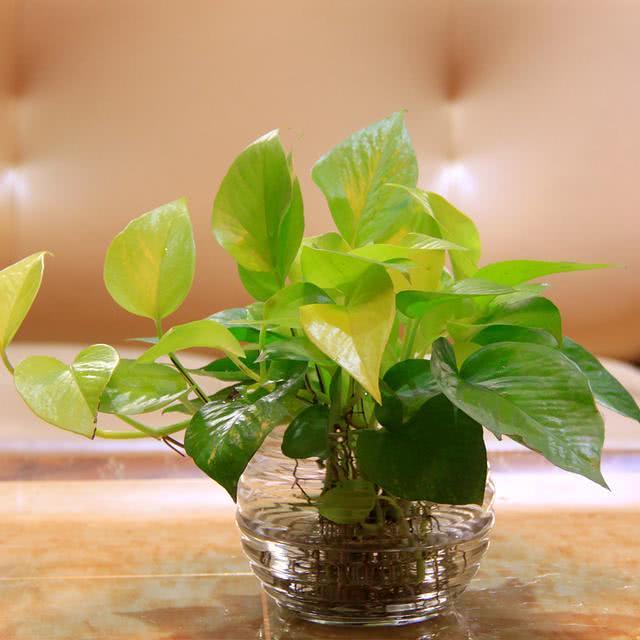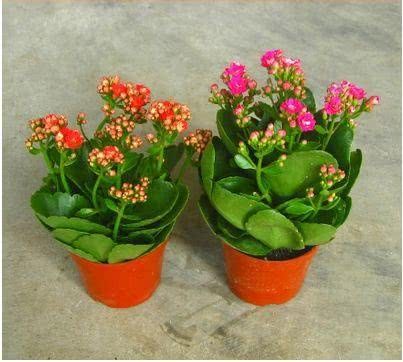After eating these two kinds of pericarps, don't throw them away and put them in a bottle. Watering flowers with water is better than fertilizer.

To grow flowers at home, you don't have to spend money on fertilizer. Wastes suitable for flower fertilizer can be collected everywhere in our daily life. As long as they are slightly adjusted, they can be used to fertilize potted flowers, which is more comprehensive than that of chemical fertilizer and sheet fertilizer bought. The fertilizer effect is longer, and it is economical and affordable. Growing flowers is a very interesting thing. Hurry up!
Do you know how to use fruit peel to make organic fertilizer? If you don't know, the editor will tell you. Don't throw away the watermelon peel, except for watermelon peel, orange peel, and banana peel. For example, there are a lot of watermelon peels in summer, and then, like this time, it is the season to eat oranges, and orange peels can be collected. And if you put the lemon peel on it, it will have a little fragrance. Wait, as long as it grows on a tree, it can be used. If you think it's too big, you can cut it up with a knife.
Self-made fertilizer is best carried out in autumn and winter, and it can be mixed into the culture soil as base fertilizer when it is heated and decomposed in spring. Family flower cultivation generally does not use the above fertilizer sources as liquid fertilizer to maintain environmental hygiene. Inedible rotten beans, bad peanuts, moldy melon seeds and rotten eggs are all rich in nitrogen, while broken bones, fish bones, poultry dung, chicken feathers, hoof horns and human hair are rich in phosphorus, these organic compounds abandoned in daily life can be used as base fertilizer after accumulation and fermentation; black and smelly liquids are made into black and smelly liquids sealed in tanks or buckets, which can be used as topdressing after dilution.
Must first ferment, first talk about orange peel, orange peel is rich in organic acids, vitamins, essential oils and other ingredients, after fermentation is a high-quality nitrogen and phosphorus fertilizer, at the same time it is weakly acidic, very suitable for green pineapple, orchid, rich bamboo and other plants. You can prepare a jar or box, or an empty oil kettle, preferably not of glass, because it will ferment and produce gas, which may explode if it is not vented in time.
Put all the fruit peels in, then close the lid and put them in an inconspicuous position. Keep it all the time, and occasionally turn it on for a few weeks to exhaust the gas. Because there's a lot of gas in it. If you don't want to exhaust, you can choose a larger bottle to leave more space. It is faster in summer and slower in winter. It can not be opened for fertilizer until it is fermented.
The second is grapefruit peel, which is also rich in phosphorus, potassium and other trace elements, showing weak acidity, which can be used to fertilize flowering plants such as jasmine and gardenia after fermentation. The method of making flower fertilizer with grapefruit peel: directly mix the grapefruit skin into 2/3 sand or put it into small buckets, pots and other containers to seal the mouth with mud and turn it into humus soil, which can not only plant flowers directly, but also be applied as flower fertilizer.
Here is a gathering place for flower lovers, sharing flower conservation skills, welcome to follow and exchange.
- Prev

Five tips for raising flowers in a family to make flowers more beautiful and be a dedicated person who loves flowers
With its gorgeous elegant demeanor, flowers decorate nature with extraordinary beauty and give people the enjoyment of beauty. Growing flowers can enrich and regulate people's cultural life and add fun. In today's families, flower cultivation is becoming more and more common, but.
- Next

When autumn comes, add some to the longevity flowerpot so that the bud can't be stopped.
Longevity flowers must be no stranger to everyone! This longevity flower is flowering all year round, especially in winter, many flowers have entered the dormancy period, but longevity flowers are still blooming, especially during the Spring Festival. A lot.
Related
- Wuhan Hospital Iron Tree Blooming Result Was Instantly Frightened by the Gardener Master
- Which variety of camellia is the most fragrant and best? Which one do you like best?
- What is the small blue coat, the breeding methods and matters needing attention of the succulent plant
- Dormancy time and maintenance management of succulent plants during dormancy
- Minas succulent how to raise, Minas succulent plant pictures
- What are the varieties of winter succulent plants
- How to raise succulent plants in twelve rolls? let's take a look at some experience of breeding twelve rolls.
- Attention should be paid to water control for succulent plants during dormant period (winter and summer)
- Watering experience of twelve rolls of succulent plants
- Techniques for fertilizing succulent plants. An article will let you know how to fertilize succulent plants.

